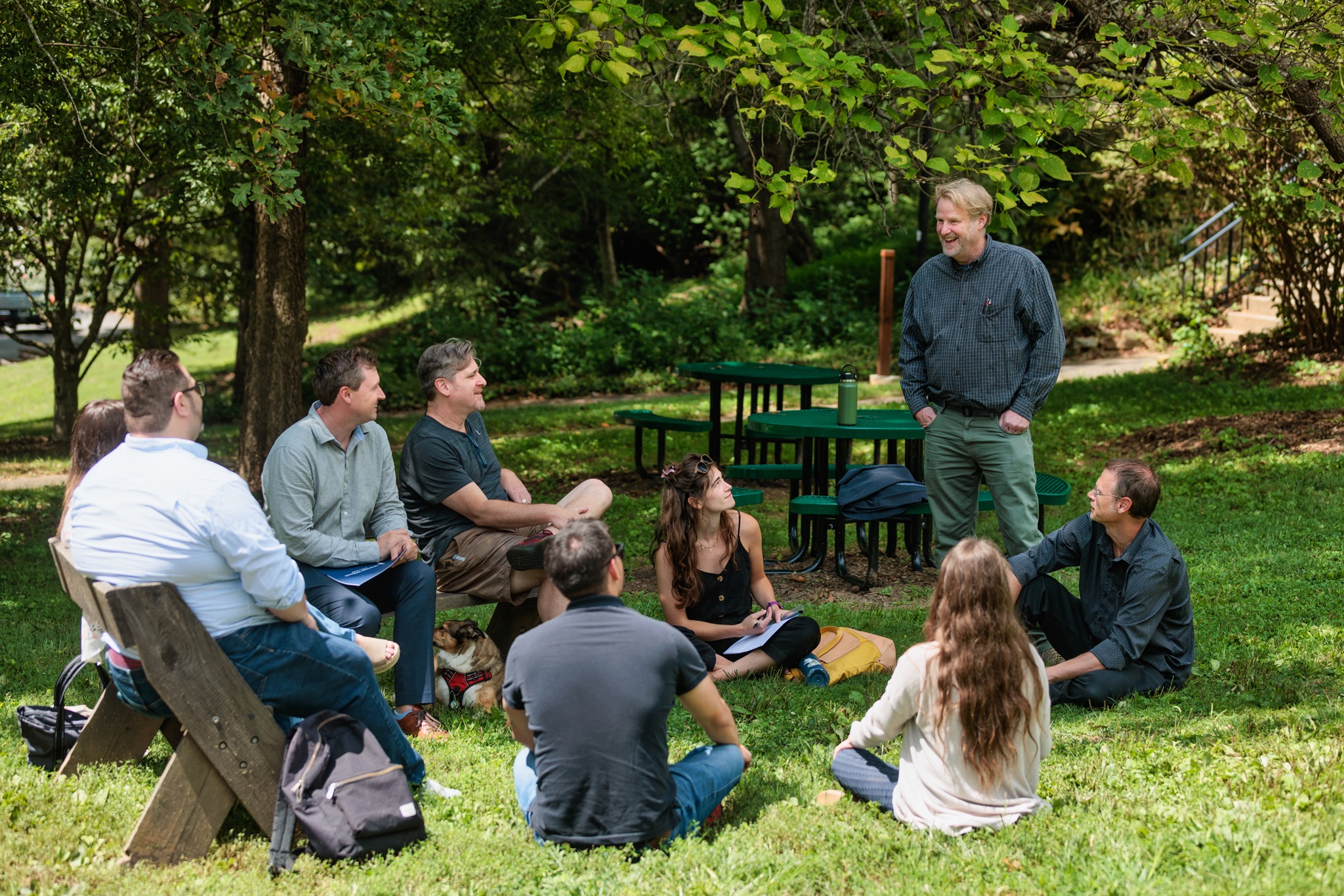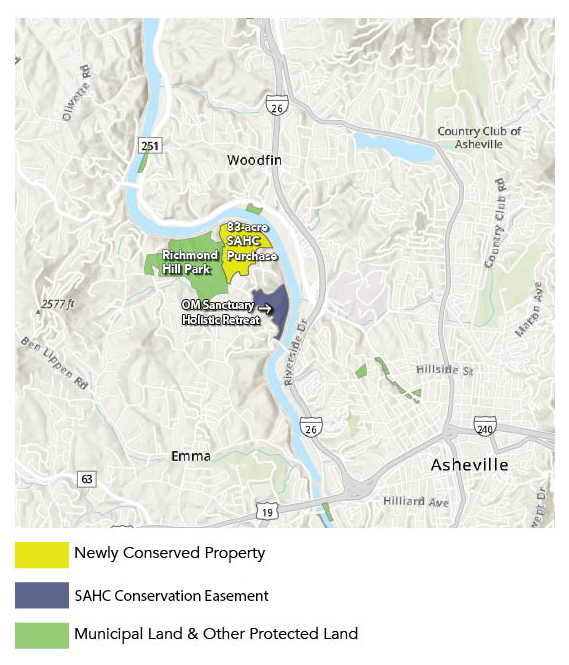by Jack Igelman, Carolina Public Press
A decade in the making, the future of the forest plan to manage Western North Carolina’s national forests is now hazy, threatened by a lawsuit, a presidential executive order accelerating timber production and the scars of Tropical Storm Helene, which leveled thousands of acres of forest.
Finalized in 2023 the forest plan sets out a strategy to restore the integrity of forests, ecosystems and watersheds within Pisgah and Nantahala national forests. However, the the U.S. Forest Service (USFS) executes specific actions on the project level. The agency analyzes and carries out each project it proposes, including logging projects, within the framework of the forest plan.
The focus and scale of timber projects, however, are in flux. A new lawsuit filed by the Southern Environmental Law Center (SELC) challenges the plan at the same time that a federal directive may force the Forest Service to accelerate logging across national forests, deepening concerns over environmental harm.
[Subscribe for FREE to Carolina Public Press’ alerts and weekend roundup newsletters]
The lawsuit filed on March 28 by the SELC on behalf of four environmental organizations alleges that Tropical Storm Helene exposed critical flaws in the Nantahala-Pisgah Forest Plan, which underestimates climate-driven storm impacts and promotes high levels of timber harvesting.
“Our national forests are reeling from massive storm destruction, yet they’re still subject to a management plan that includes unrealistic timber targets,” said David Reid of the Sierra Club’s North Carolina chapter, one of the litigants.
“Failing to change the plan would create additional threats to the natural beauty treasured by millions of visitors,” he said.
The suit is the third connected to one of the two WNC national forests that the Virginia-based nonprofit legal organization has filed since early 2024.
In February 2024, the SELC opposed a 15-acre timber sale in Nantahala National Forest. The Forest Service announced it would not harvest the trees last June.
And in April 2024, the SELC sued the Forest Service again, arguing that the forest plan aims to significantly increase timber production, threatening sensitive areas and endangered bats. The ongoing legal action alleged the forest plan’s analysis was flawed and violated the Endangered Species Act by failing to study the plan’s impact on federally protected bats, endangering their survival and causing broader ecological consequences.
“We’ve given the agency every possible opportunity to do the right thing and fix the plan, but the Forest Service has refused,” said attorney Sam Evans of the SELC. Evans estimated that “somewhere between 10% and 20% of the forest has some meaningful level of damage” due to Helene. That amounts to 100,000 to 200,000 acres of impacted forest.
“We simply can’t stand by and ignore the significant and long-lasting harm this plan will do to these remarkable forests and the communities that rely on them,” he said.
The Forest Service did not comment on litigation regarding the Nantahala and Pisgah Forest Plan. By law, the agency has 60 days to respond to the allegations in the complaint.
Meanwhile, the Trump administration is pressuring the Forest Service to go in the opposite direction, logging more trees on millions of acres of national forest throughout the western and southeastern U.S. On April 3, U.S. Agriculture Secretary Brooke Rollins released an emergency order memo to address “declining forest health.”
The directive aims to boost timber production by streamlining processes, enhancing efficiency and consistency, and proposing legislative changes to support sustainable forest management. The memo said the changes will streamline Forest Service ‘s project planning, decision-making and implementation. The memo also instructs National Forest units to limit the number of project alternatives presented in an environmental assessment, potentially limiting or overlooking more environmentally sound alternatives.
The directive seeks to increase timber production by 25%, which represents a tall order for an agency that recently experienced staffing cuts, Evans said.
“You don’t (increase timber production) by that level by being careful and making sure that you’re not harming rare species, closing important recreational areas or protecting scenery,” Evans said. “You do it by taking procedural shortcuts to put logs on trucks with the bare minimum of resources.”
The SELC is currently examining the presidential directive and considering its response.
This article first appeared on Carolina Public Press and is republished here under a Creative Commons Attribution-NoDerivatives 4.0 International License.![]()
PARSELY = { autotrack: false, onload: function() { PARSELY.beacon.trackPageView({ url: “https://carolinapublicpress.org/69668/western-nc-forest-plan-under-pressure-from-storm-devastation-lawsuit-and-trump/”, urlref: window.location.href }); } }









